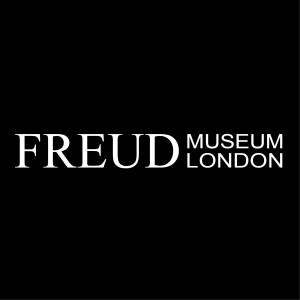
William Rose’s novel The Strange Case of Madeleine Seguin is set in the rich and decadent world of the intelligentsia in Fin de Siècle Paris.
The book centres on the institution of the Salpetriere hospital. In the book the Salpetriere has progressed from its previous incarnation as a 'warehouse' for societies undesirables to a kind of human museum filled with subjects for Charcot to study. Rather than a prison, the hospital has become a laboratory for the vivisection of the hysterical mind. As theories of hysteria and female madness morph from animalistic and anatomical degeneracy to those of psychological trauma, the doctors at the Salpetriere in the novel drift towards Freudian theory. One of these young doctors named Lamond writes a letter to Freud in which he describes the unconscious as 'a veritable Salpetriere of the psyche which harbours ideas and emotional ventures we can scarce dare even think of'.
The church is another reoccurring theme in the novel, and parallels are drawn illustratively between religion and a kind of hysterical theatre. Charcot draws parallels in his studies between the behaviour of various saints and of those in the grip of a hysterical attack. Indeed, the concept of possession is present both in the occult and quasi-religious rituals that were becoming popular in the Fin de Siecle and also in the theatrical hypnotism Charcot performs on his patients at the public lectures held in the Salpetriere for the titillation of the aristocratic intelligentsia. The figure of Charcot represents the conflict between science and religion, and the church is a sinister force in the novel, providing a steady undercurrent of menace and tension which drives the plot forward and captures the attention.
Another thread of the novel is the development of the school of symbolist artists. We are introduced through a young artist to the intellectual salons of the ‘Mardistes’, including the poet Mallarme. The excursions into the artistic Parisian demi-monde add to the atmospheric milieu and set the scene which allows us to better understand the world in which these events happen. Indeed, the novel raises an interesting question over the differences between hysteria and the decadent decay into neurasthenic self-absorption.
The novel beautifully illustrates the skilfully interwoven threads of hysteria, art, the occult, and the Parisian fin de siècle demi monde and intelligentsia. Tension builds with a steady bubbling undercurrent of devil worship and the impending threat of the femme fatale. Hysteria is explored in the context of these societal factors and ideals of femininity, and this brings to mind the role of these factors and our ideals in our modern concepts of mental illness.
More Episodes
 2024-09-11
2024-09-11
 2024-04-12
2024-04-12
 2024-03-08
2024-03-08
 2024-02-16
2024-02-16
 2024-01-10
2024-01-10
 2023-10-11
2023-10-11
 2023-08-02
2023-08-02
 2023-06-28
2023-06-28
 2023-05-24
2023-05-24
 2023-04-27
2023-04-27
 2022-08-17
2022-08-17
 2022-05-25
2022-05-25
 2022-04-13
2022-04-13
 2022-04-04
2022-04-04
 2022-03-16
2022-03-16
 2022-03-02
2022-03-02
 2022-02-16
2022-02-16
 2021-10-20
2021-10-20
Create your
podcast in
minutes
- Full-featured podcast site
- Unlimited storage and bandwidth
- Comprehensive podcast stats
- Distribute to Apple Podcasts, Spotify, and more
- Make money with your podcast
It is Free
- Privacy Policy
- Cookie Policy
- Terms of Use
- Consent Preferences
- Copyright © 2015-2024 Podbean.com



